What is an bulkhead light
A bulkhead light is a rugged, nautical inspired luminaire that has been engineered to resist rust, corrosion, moisture, dust and impact. Originally designed for onboard ships, bulkhead lights have become the workhorse in interior and exterior, residential and commercial applications where moisture and dust are a constant concern, the possibility of vandalism is high, and the fixture needs to accommodate compact spaces.
While bulkhead lights still have nautical elements that lend a maritime flair, a blend of simple design and clean lines adds to the minimalistic charm of today’s fixtures. The mixed combination of rugged aesthetic and sleek look allows bulkhead lights to blend in with farmhouse, rustic, industrial, transitional, and contemporary settings. The versatile fixture can mount flush to the wall or ceiling. They are suitable for numerous applications such as front porches, backyard patios, laundry rooms, parking garages, horse barns, pool areas, subway stations, industrial kitchens, car washes, stairwells, cold storage and food processing facilities.
LED lighting redefines performance, reliability and durability
Strength, durability, weatherability, and geometric simplicity are amongst the unique attributes designed into bulkhead lights. The adoption of LED technology reinforces these attributes and gives this type of fixtures the most wanted attributes—high energy efficiency and long service life. Increased energy efficiency results in significant energy savings, while the extraordinarily long service life allows for maintenance-free operation.
Beyond improvements in efficiency or efficacy offered by LEDs, the effective delivery of the light to the target and adaptive lighting using advanced controls are another ways to improve lighting efficiency. The efficiency, directionality and controllability of LEDs create a compelling value proposition for the user of LED bulkhead lights. Despite the many benefits and additional functionalities that can be achieved with LED lighting, creating an LED bulkhead light that allows high performance operation over its rated service life requires a multidimensional engineering work which involves considerations in the optical, thermal and electrical aspects.
Lamp-based systems
Traditional bulkhead lights are lamp-based systems that include a socket to accommodate an incandescent or compact fluorescent lamp. The fixture itself is essentially a lamp holder and meanwhile provides ingress and impact protection for the light bulb. Lamp-based LED bulkhead lights are usually converted from legacy systems—the incandescent or compact fluorescent lamp of the fixture is replaced by an LED bulb which is designed with a corresponding form factor, size and input voltage. These LED luminaires, however, deliver compromised benefits of LED lighting as the lifespan, efficiency and controllability of LED bulbs are poor due to inadequate thermal management and the use of bare-bones driver circuit.
Integrated systems
LED bulkhead lights come mostly as integrated systems which eliminate bulky, low-performing LED light bulbs and use LEDs as the light source. An array of mid-power LEDs are solder mounted onto a metal-core printed circuit board (MCPCB) which is thermally interfaced with the housing. The housing performs the role of a heat sink, allowing more effective dissipation of heat generated by the LEDs. The ability to use luminaire housing to dissipate heat is one of the key benefits of integrated design. Moreover, the LED board requires less depth and volume, which enables the design of a luminaire with an extremely low profile.
Another benefit associated with integrated design is that full-featured driver and control circuitry can be incorporated into the luminaires. Integrated design has afforded luminaire designers the chance to build robust power conversion topologies, advanced dimming capabilities, more controls and added protections against electrical abuse into the lighting system. The LED driver is a critical component to LED bulkhead lights since it powers the LEDs and protects them from power surges and poor incoming power quality. The driver is usually the first component of an LED luminaire to fail. The design of an LED driver also affect the circuit efficiency. Integrated design allows LED bulkhead lights to incorporate high performance drivers and to integrate with sensor and control systems, which maximize energy savings through the use of occupancy sensing and daylight harvesting.
Materials of construction
LED bulkhead lights can be constructed of die cast brass, die cast aluminum, or injection molded polycarbonate. The brass housing provides the highest efficiency thermal transfer for the LED and holds up well in all environments. Die cast aluminum is a viable option as it is more cost-effective compared with brass and has much better thermal performance than polycarbonate. However, it must be finished in all-weather polyester powder coating which provides high corrosion resistance. Polycarbonate is a low cost material to use. However, its poor thermal conductivity will cause the thermal transfer rate (conduction and convection) of the system thermal path to fall behind the load rate, which can accelerate a permanent reduction in light output from the LED (lumen depreciation) and color shift.
Rough and tough
LED bulkhead lights cast out a uniform spread of diffused light through a UV stabilized opal polycarbonate diffuser or a frosted glass lens. The diffuser is sealed to the housing with a full EDPM gasket for IP65 or IP66 rated ingress protection. A pressure equalizing vent may be built into the housing to equalize pressure differentials, which would otherwise cause premature seal failure and compromise the integrity of the enclosure. The impact and vandal resistant construction can be enhanced further by encasing the lens in an additional metal frame such as a grid or a face plate. Face plates are available in plain, eyelid or louver designs.

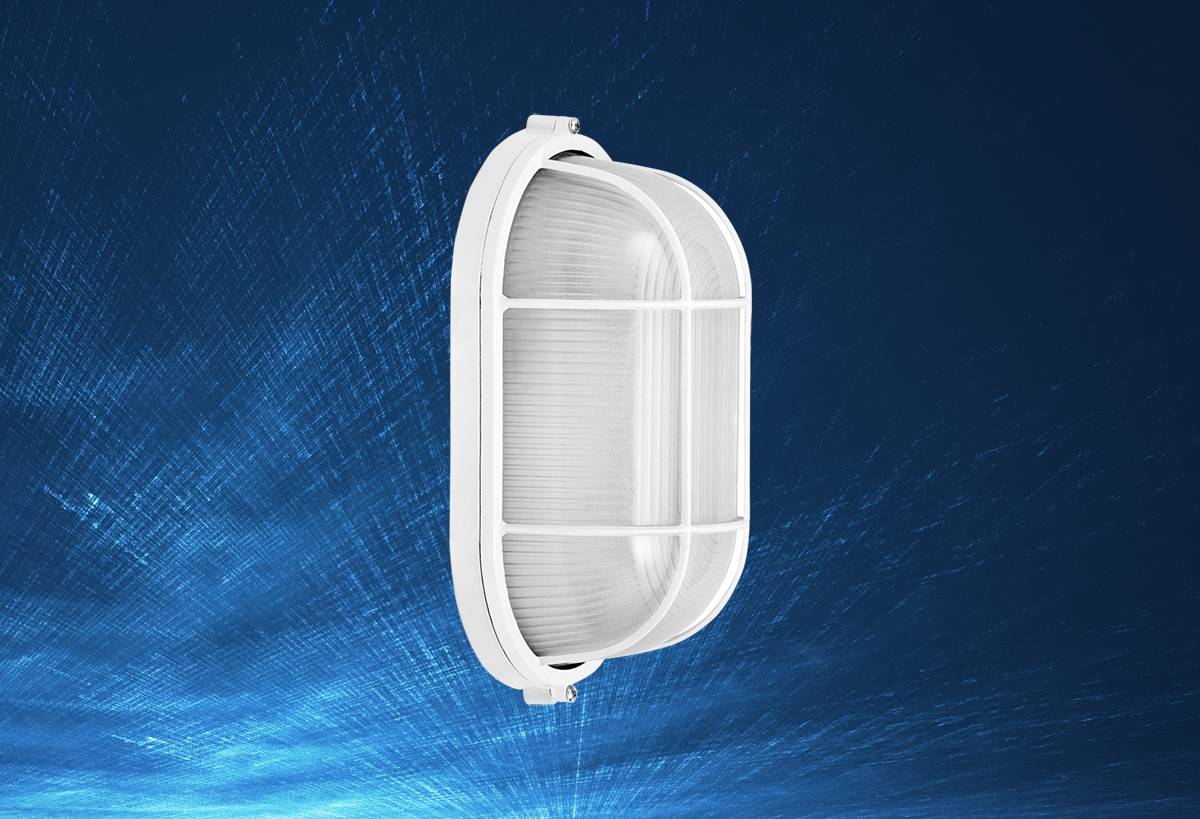
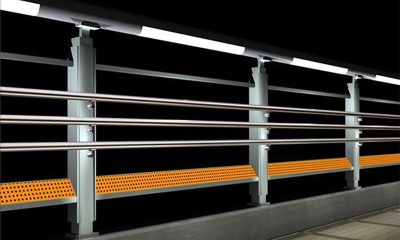
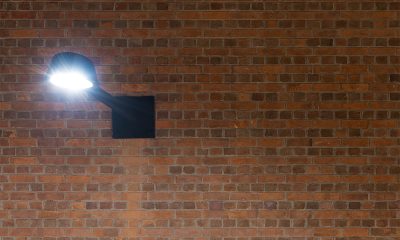
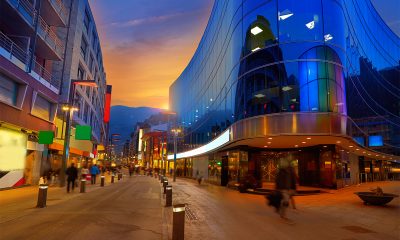
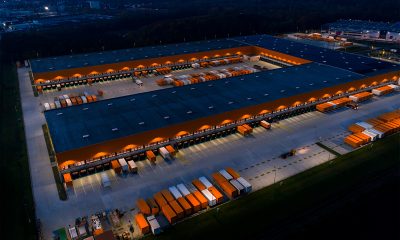
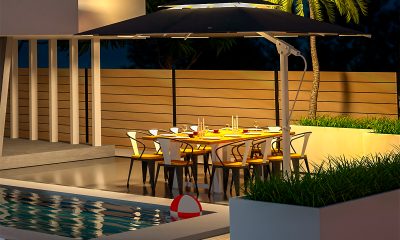
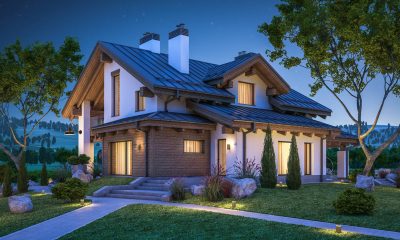
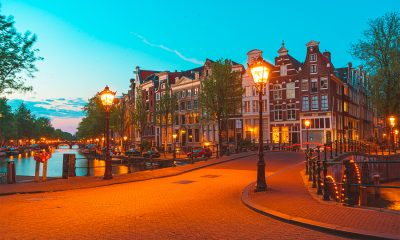
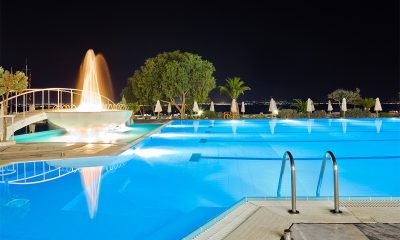
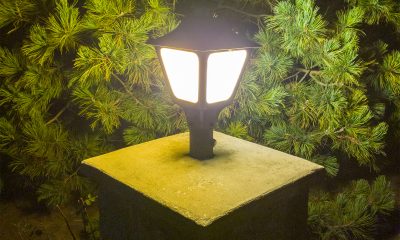
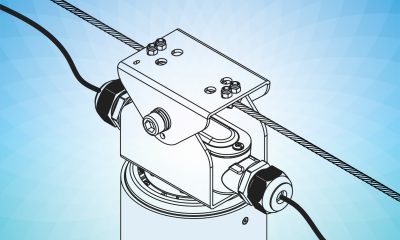

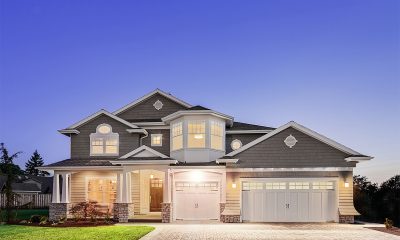





Loading...